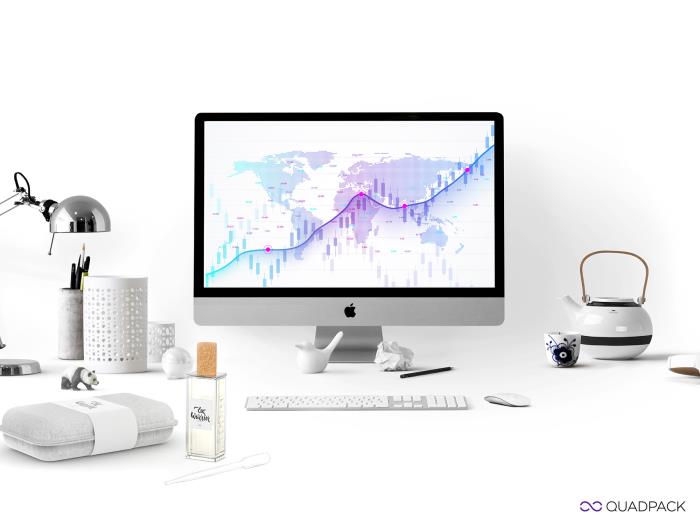Beauty market trends: an industry overview
Recent strategic acquisitions predict the recovery of the cosmetics market
There is something promising in the kingdom of beauty. The end of 2020 and the start of 2021 have shown some mergers and acquisitions (M&A) activity that gives a hint of how the cosmetics market will look in the next few years. Although cautious, investors are looking to position themselves for a post-COVID future, focusing on mid-tier brands with a strong sustainable approach.
“The M&A scenario is now different from pre-pandemic times, marked by a hypercycle of consumption and a lot of acquisitions of indie and direct-to-consumer brands,” explains Kayla Villena, Euromonitor's consultant for beauty and fashion. For some major players, she says, the best way to connect with new generations and trends like clean beauty was through acquisitions – often for a purchase price 10-15 higher than their turnover.
The slowdown of this activity came even before the pandemic, but COVID-19 has had a big impact on some categories, especially colour cosmetics. After a hiatus of a few months, M&A activity returned in a different guise: more cautious, focused and paying more reasonable market prices.
The two-phased acquisition of skincare company Deciem, by Estée Lauder, is a perfect example of the new prudent investment in beauty. Announced last February, it went from a 29% to a 76% stake, with the full acquisition planned for the next three years.
“Many big players are reviewing the return of their minority stakes and are now deciding on disinvesting or a full acquisition,” says Villena.
Other recent activity includes the $200 million investment made by Coty in Kim Kardashian’s West beauty business in January and the full acquisition of Takami, a Japanese skincare brand, by L’Oréal. There is also a special private equity interest in technology-based hair care brands and businesses with vigorous e-commerce operations.
Especially in Western Europe and the US, there is a growing interest in profitable masstige skincare brands with something more to offer: sustainable products and processes. Investors are scrutinising not only the bottom line but also CSR practices, like fair trade commitments, support given to local communities and transparent claims. Although there is an increasing interest in clean beauty and natural cosmetics brands in other regions like the US and Asia Pacific, demand is not as high as for premium products. There are big opportunities for brands that decide to invest in these trends first since they can grow fast from a still small base.
What does the future hold for beauty businesses? Although the market seems to be recovering, colour cosmetics are still in an uncertain position, while skincare tends to remain in demand. Big players bet on building the right portfolio for when sales get back on track, so the evaluation criteria will continue to be narrow. Attractive brands will be the ones who tick most boxes: digitalisation, appeal to new generations, accessible price points and, of course, sustainability.
Follow Quadpack news for more market trends!
